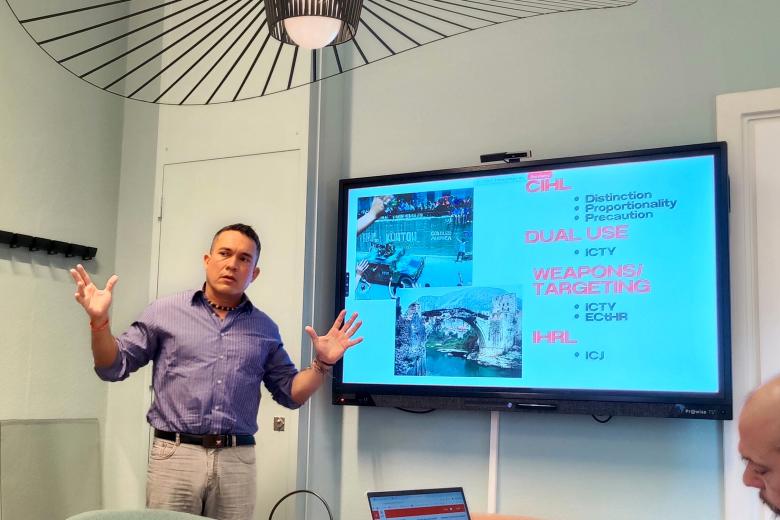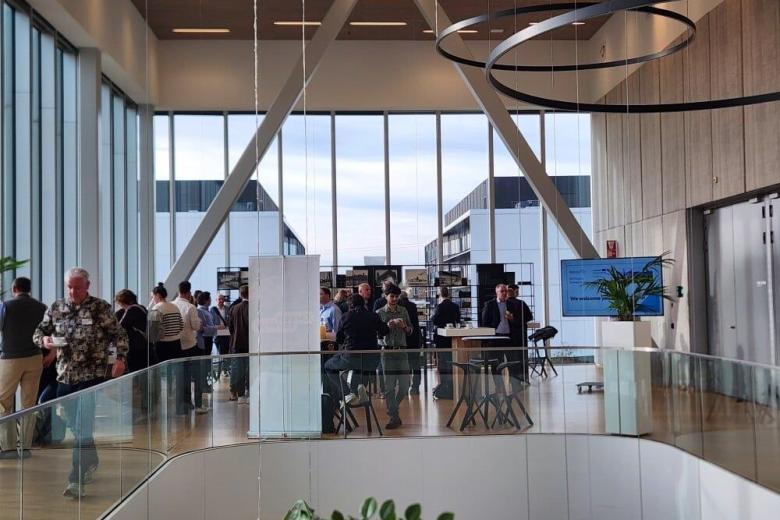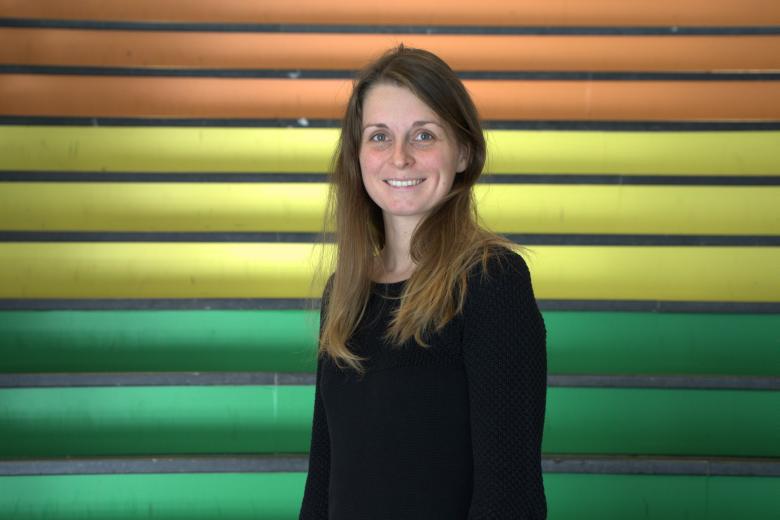Siemen shares his ENLEB experience
Siemen Brinksma, a student researcher at Maastricht University (UM), graduated with a bachelor’s degree in International Business in 2017. After a first work experience, he started as a researcher at UM for the ENLEB project. In December he ended his valuable research and left for a world tour.
Why did you want to contribute to ENLEB?
The project wants sustainable housing in the Netherlands and Flanders by co-operating with the homeowners and tenants. Co-creation and self-sufficiency are keywords, in order to make the houses energy neutral even though the owner changes.
The ENLEB advertisement aroused my interest, so I applied immediately. The next 20 years will be crucial to determine whether or not humankind will be able to live on our planet as we know it today. I want to be part of the solution, not the problem.
Besides my research, I am also active as a volunteer in an environmental organization in Maastricht, where we manage sustainable projects concerning for example solar panels. Sustainability is always a driver and for me sustainability, not only in construction, is very important.
Some of the project partners are conducting a research in which they study not only the architectural aspects but also the social part of houses. What is your part in this study?
As a student researcher I’ve made a detailed description of the pilots in the project and the general housing supply in the Netherlands and Flanders. In this description, a zero measurement, I’ve looked at the ratio owners/tenants, level of income and education, age, number of children per household and so on. With the collected data I’ve made an easy tool that is useful for everyone. For example an inhabitant, civil servant or an energy cooperation can use the tool to get a good idea of how a certain district looks like. This forms the basis for co-creation with the residents.
ENLEB is a project with both Dutch and Flemish partners, districts and houses to demonstrate. Did you encounter any problems due to this difference?
There’s definitely a cultural difference between both regions. The biggest hurdle is how both countries collect and manage their data. In Flanders there is much more freedom of choice in building styles and construction manners. Residents have many options and are less bound by directives and rules compared to the Netherlands. Therefore the built area is less structured and databases are often only completed afterwards. In the Netherlands however, clear guidelines lead to more structured and available data.
Did you succeed in collecting the necessary data?
Yes I did, by slightly adjusting my expectations and thanks to the knowledge of the project partners. I started this project with the assumption that all the available data in the Netherlands would also be available in Flanders. This was definitely not the case. To deal with this issue, I’ve tried to look at the project differently. I got back to the core of the project to discern what information was primary and what rather secondary. By doing this, I managed to develop the tool.
Furthermore I was able to count on the expertise of our Flemish partners. They gave me the information that I did not found as a Dutch person.
Do you have any advice for other projects or organizations similar problems?
Start with an open mind for the uniqueness of different areas or countries and try not to approach them in the same manner. The difference in available information cost me a lot of time and effort.
During your research, you’ve probably discovered similar projects. Do you see an opportunity to let such projects merge?
In all European projects there is already a lot of experience and knowledge available that should be shared with others easily. An online platform would be a good idea!
What are the primary research results?
Statistical data do not always lead to a clear representation of reality. For example the distribution of owners and tenants in a district: for one particular area I’ve found that that ratio consisted of 75% tenants and 25% owners. The tenants however lived in two big apartment buildings while the owners lived in a different part of the area in houses. By taking into account such data, the success rate for an approach in making housing more sustainable and setting up a process of co-creation will increase. Tenants do have other options than owners.
How can the partnership use your research results?
In ENLEB a menu for retrofitting will be developed. The menu will offer support to everyone that wants to make their home more sustainable, by cooperating with others. The tool can be used by habitants, but also local governments and organizations can make use of it. My research can help residents to co-create in retrofitting so that time and money can be saved.
What would be your next steps if you had unlimited time and budget for a project?
I would concentrate more on co-creation to make housing more sustainable. How can inhabitants get started and how can a project support them. For example projects on producing and consuming energy in quarters that are geographically close to each other so that they can become off-grid. This significantly boosts renewable energy production & distribution at a local level. I believe this is the future. Individual renovation is very costly and time consuming, even more in areas like Flanders where there is less standardization.
One last piece of advice?
Make sure you start a project with a clear understanding of the content and its goals. Try to move together in the same direction. Moreover I’ve learned that retrofitting is a slow process. You depend on a lot of different people and organizations that have to work together.
Relevant links
Also read
-
Andrés Caceres Solari on No room for Human Rights in Gaza and Ukraine: How the Law Legitimizes Urban Devastation
Pick Our Brains Session with Andres Caceres Solari

-
AMIBM hosts the final Realise-Bio conference
The Aachen Maastricht Institute of Biobased Materials (AMIBM) hosted last week the third and final Realise-Bio annual conference, bringing together the Dutch and German bioeconomy ecosystems at the Brightlands Chemelot Campus.

-
Macrophages as key to treating liver fibrosis
Sabine Daemen is researching how certain macrophages can slow down fatty liver disease and fibrosis in order to develop new therapies.
